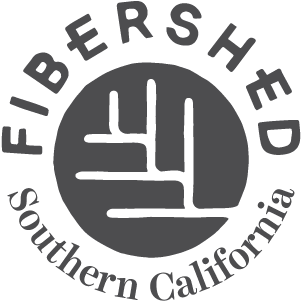Fast Company wrote up Timberland’s new efforts – I’ve pasted a snippet below and a link to the complete article at the button.
All of this can help reduce the company’s environmental impact, but it plans to go further by shifting to regenerative agriculture at the end of its supply chains. For something like leather, regenerative agriculture means changing practices such as grazing on a ranch in a way that helps capture more carbon in the soil and make the local environment healthier. “Being circular and being sustainable, sourcing in responsible ways, is what we see as not doing any harm—you’re keeping things as they were, and not making them any worse,” says Vien. “What regenerative does is that tips the scales to say now actually, by way of how these materials were created, we’re actually giving back more.” Research on regenerative agriculture’s benefits is still relatively new and not fully proven, so the company is also investing in more research.

